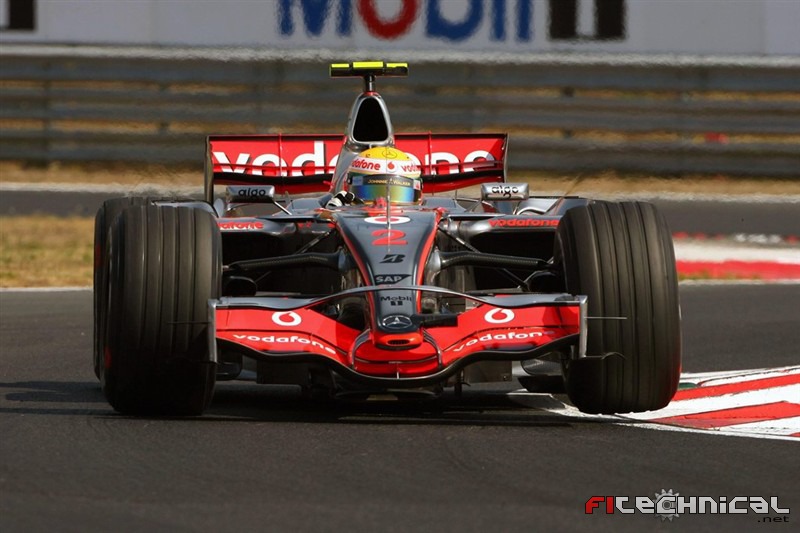godlameroso wrote: ↑18 Feb 2022, 00:28
Hoffman900 wrote: ↑18 Feb 2022, 00:25
godlameroso wrote: ↑18 Feb 2022, 00:20
Having hot radiator air come out of the top of the sidepods like that will allow air to stick to the surface. Believe it or not, the kinematic viscosity of air increases with temperature, you can see this as the boundary layer on the ground increases on hot days.
https://www.engineersedge.com/images/air-viscosity.png
It's not a huge change in kV, but may make enough of a difference to delay detachment.
It’s inconsequential, or you’d have to model the cars at different times of day / cloud cover, etc.
Ferrari, I believe, is quoted that this had a positive effect in the wind tunnel, which would account for any of that.
Dude, the air coming off the engine is ~140c, different times of day/cloud cover, etc is inconsequential if anything. 140c vs 30c = 180% increase in kV.
Goldie i hope you notice the chart is in micropascal seconds!
I never once designed anything using micropascal seconds a big differentiator.
Micropascal seconds?!
No designer is going to do two different experiments for that small range.
As Hoffman said Inconsequential.
And the radiators air is not 142 degrees celcius.
A typical engine coolant temp could be 85C to maybe 110C...
The air need temp difference to cool all that so the leaving temperature is going to be less than that range.
For the charge air coolers the inlet temp is hot but it also has a much lower leaving temperature. So for the CAC the air leaving is even cooler than what you would see for radiator. Maybe as low as 45 degrees celcius.
The team would likely put the intercooler in front of the radiators because of this.
Anyway what I am saying is there hot air from those vents will not be any where near 140 degrees celcius.






